Mukyu Tenon生酛 純米大吟醸
SakenowaRecord your sake experiences and discover your favorites
無窮天穏Mukyu Tenon
Flavor Chart®
A chart created from flavor analysis of user comments.

Flavor Tags ®
Tags generated from flavor analysis of user comments.
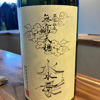
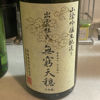
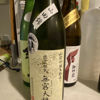
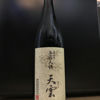

Popular Comments
Hiraccio's recommendation? I went to a U-shaped restaurant in Kawagoe, which was recommended by Mr. Hiraccio. The place is crowded with regulars. It is a good place for a quick drink.
I wanted to drink tenkasu, but I had to heat it up.
It tastes gentle.
The label on the back is poetic.
I said I could drink it quickly, but it was too long.
Japanese>English
Brands from Itakura Shuzo
Ten'onMukyu Tenon
Similar Brands
We analyze the flavors based on everyone's comments and select similar brands.
SuginishikiSimilar Characteristics
TsuchidaSimilar Characteristics
Location
468 Enyachō, Izumo, ShimaneOpen in Google Maps
Related Articles
板倉酒造の出雲杜氏による「基礎から学べる日本酒頒布会」の募集が1/18(金)から開始! | 日本酒専門WEBメディア「SAKETIMES」
 食のオーナー制度プラットフォーム「OWNERS(オーナーズ)」にて、板倉酒造有限会社(島根県出雲市)の出雲杜氏SAKETIMES | 日本酒をもっと知りたくなるWEBメディア
食のオーナー制度プラットフォーム「OWNERS(オーナーズ)」にて、板倉酒造有限会社(島根県出雲市)の出雲杜氏SAKETIMES | 日本酒をもっと知りたくなるWEBメディア日本酒学講師×板倉酒造「天穏純米吟醸ブレンド酒」が応援購入サービス「Makuake」にて4/3(日)に先行販売開始 | 日本酒専門WEBメディア「SAKETIMES」
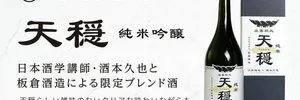 株式会社ブレインスパイス(北海道札幌市)は板倉酒造有限会社(島根県出雲市)と日本酒学講師・酒本久也氏監修のもとSAKETIMES | 日本酒をもっと知りたくなるWEBメディア
株式会社ブレインスパイス(北海道札幌市)は板倉酒造有限会社(島根県出雲市)と日本酒学講師・酒本久也氏監修のもとSAKETIMES | 日本酒をもっと知りたくなるWEBメディアTimeline
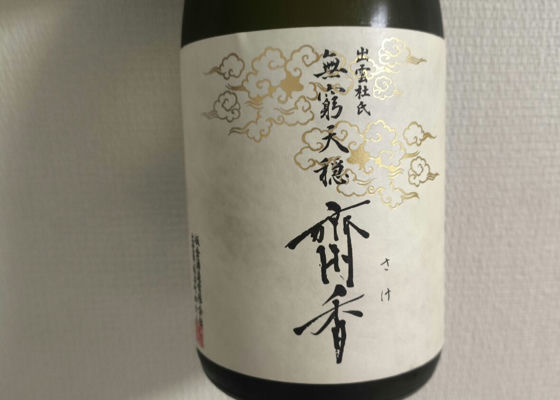


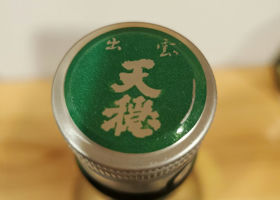
おかえり寅さん
This sake was created to commemorate the 10th anniversary of Soba Yuuzan, a famous soba restaurant in Matsue City, Shimane Prefecture.
Japanese>English
Mukyu TenonSAGA(サーガ)・SAGA2伝承編
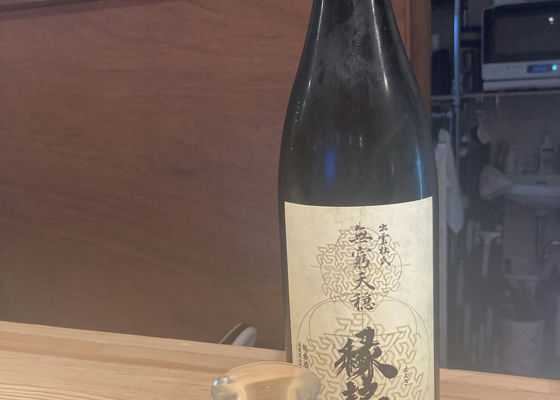
Yukari
It was well-balanced and just right for a closing drink.
Japanese>English

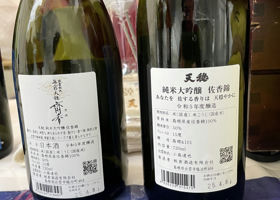
たつさん
備忘録
moF6IMlN2n
芳醇?
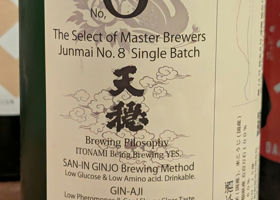
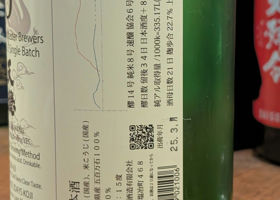
Inoshishi
Although this is an izakaya that specializes in hot sake, this sake was suggested to me cold.
The mild and lovely taste goes down like a charm!
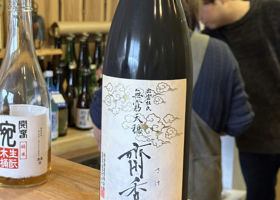
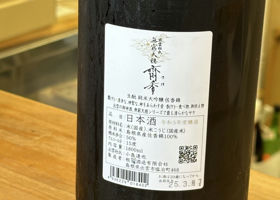

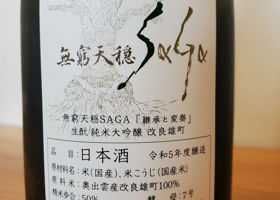
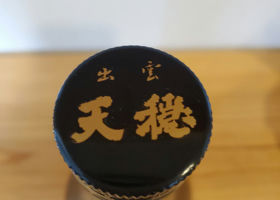
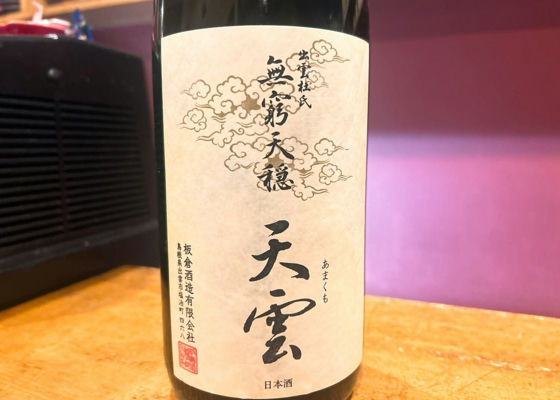
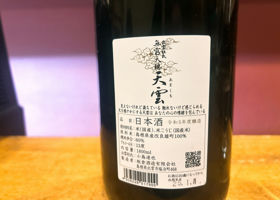
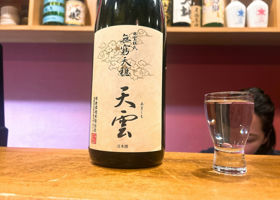
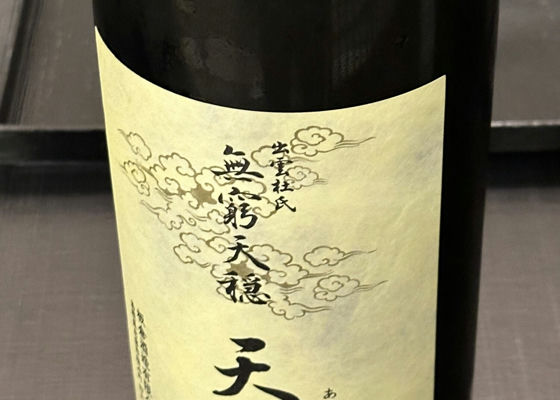
おもちん
Sourness is felt first, followed by a lingering bitterness. The umami of the rice is felt throughout.
Japanese>English
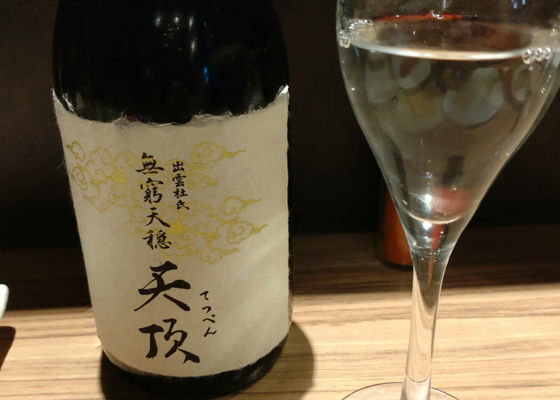
Kumakichi
The last one I had at a New Lebanese restaurant I went to with a junior colleague from Akita, Muchu Tensho Tencho.
This was the fourth cup I had, and it went perfectly with the yakitori at New Lebanya! It was sweet and tasty, yet had a sharpness that complemented the dish!
I'm sure everyone would love it, but when I looked it up on the internet, it was 11,000 yen per bottle..,
It's not a casual drink, but it's perfect for rewarding yourself!
Japanese>English
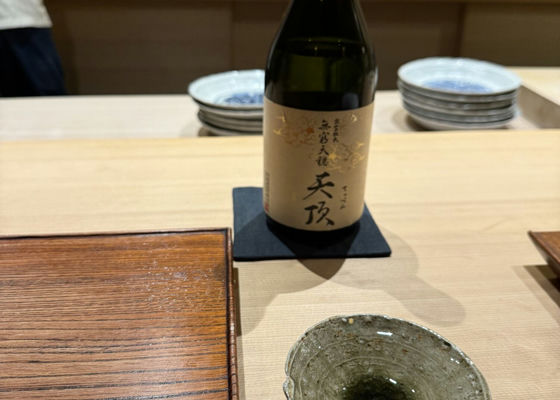

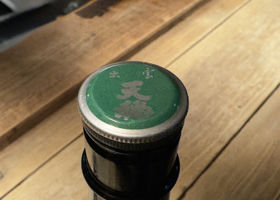
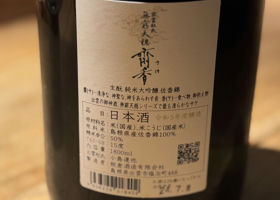
くまくま
The last was a Mukai Tenju no Saika Namahasho Junmai Daiginjo from Shimane 💛.
Japanese>English
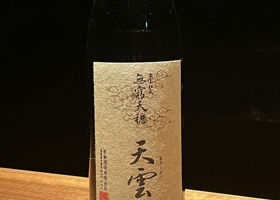
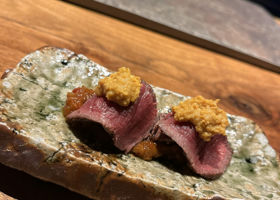
ヒデくん
ルートにて
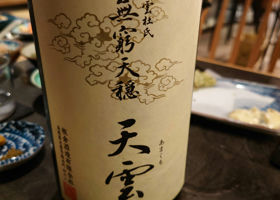
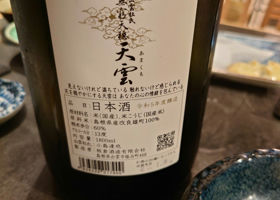

うぴょん(豊盃こそ至高)
Ingredients: Rice, Rice Koji
Ingredient rice: Okuidumo improved Omachi
Alcohol 13.6
Rice polishing ratio 60
It's okay to buy a bottle of sake at random from a liquor store you find on the way on a bicycle.
There were many kinds of sake brands, but I wanted to drink Omachi, so I bought it.
I was not sure what to expect from Izumo sake, but this was the first time I had tasted anything other than Izumo Fuji. Mild and sweet aroma. It is a smooth, smooth woman's sake, or rather, a god's sake that goes down smoothly. It has a gentle flavor of rice and a woody aroma like a New Year's sake. The low alcohol content will make you drink it again and again. The more I drink, the more I feel satisfied and at peace. Ah, this sacred sake is the kind of sake to enjoy the aftertaste of many drinks. It was a calm and wonderful sake. Thank you for the sake tonight!
Japanese>English